Ladybird (or ladybug) mimicry has been one of the most successful, to humans at least. Many were duped into thinking that these bugs were ladybirds at first glance. This is because of the popularity of the ladybird image in the human world – not many bugs are as well known to sport a red round body with black spots.
Though not confirmed for ladybugs, spiders and other bug predators adopt this beautiful camouflage to allow them to get close to their potential prey. Some may do it for defense (for ants) and some for predation. See my earlier post on World of Ant Mimicry.
One of the more likely reasons to mimic a ladybird, is that ladybirds tend to be unpalatable. Predators who had had a bad experience with them before would relate it to the bright colours and spots, and avoid such patterns in the future. A point scored there for ladybird mimics!
- Ladybird mimic spider (Paraplectana sp.)
Initial sighting. Looks just like a ladybird, doesn’t it? - Ladybird mimic spider (Paraplectana sp.)
Some said this looks like a strawberry, but this Ladybird Mimic Spider (Paraplectana sp.) does its mimicking job well! There are other similar species of this spider, some are yellow, which mimics the yellow ladybird. - Ladybird mimic spider (Paraplectana sp.)
Frontal view of the beauty. It has the same shape as the common bird dung spider, but looks so different. Some had also commented that this reminded them of the Super Mario Mushroom… lol - Handsome fungus beetle (Stenotarsus pardalis)
Another Ladybird Mimic Beetle, you won’t find that much pubescence (hair) on an actual ladybird. - Ladybird beetle (Epilachna sp.)
An actual ladybird, though not of the typical red-black colour combination - Handsome fungus beetle (Stenotarsus pardalis)
Another ladybird mimic beetle, extremely hairy! - Handsome fungus beetle (Stenotarsus pardalis)
Peering over - Ladybird beetle (Coelophora cf. inaequalis)
Yet another ladybird playing hide and seek with an ant – not very successful there. I can’t seem to find the original red-black ladybirds! - Water Scorpion (Nepidae)
Found it motionless in a little stream. The water scorpion is not really a scorpion, but a true bug that looks like a scorpion. The anterior legs resemble the claws of an actual scorpion, while the tail is not used as a venomous sting, but a breathing device (imagine a snorkel) when under water. It has 2 pairs of wings too, imagine it flying! - Water Scorpion (Nepidae)
Closer look at its body - Water Scorpion (Nepidae)
Closeup of its eyes. It does have compound eyes! - Ogre Face Spider or Net-Casting Spider (Deinopis sp.)
This is the top view, as it was dangling deep in the tall grass. As expected, it was facing a leaf, patiently waiting for prey. As we trudged on the grass and disrupted it accidentally, it discarded the net and went into camouflage mode, straightening its legs. - Comb-footed spider Rhomphaea sp.
Found this carrying a distinctive egg sac. - House centipede (Scutigeridae)
Face to face with a House Centipede. Really wouldn’t want to find this in my house! This fella was facing up, and allowed us to take a decent shot of its face. - House centipede (Scutigeridae)
Just a silly attempt to make a 3D animation. - Dragonfly (Anisoptera)
A large dragonfly spotted by James. Not sure of ID, could be rare? - Dragonfly (Anisoptera)
A slightly different angle
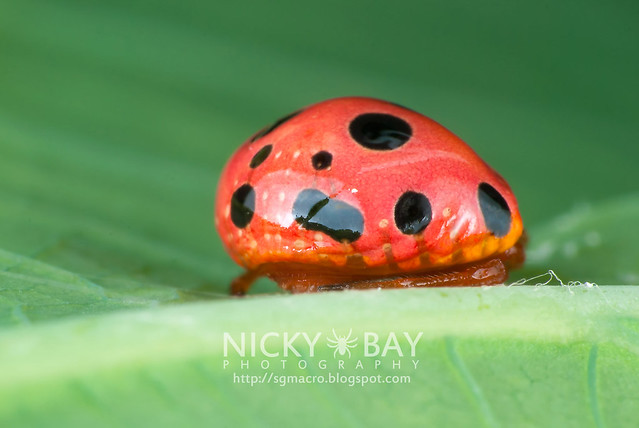
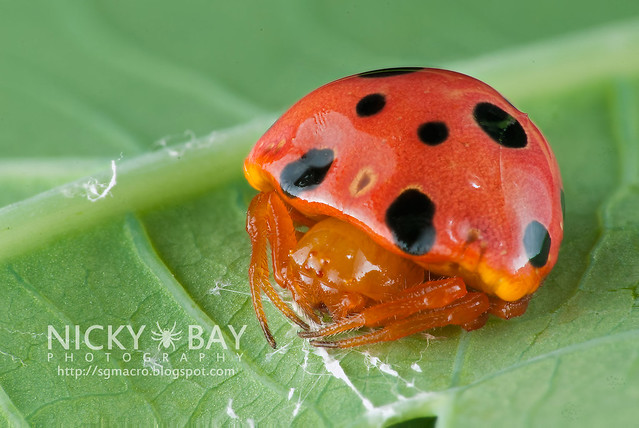
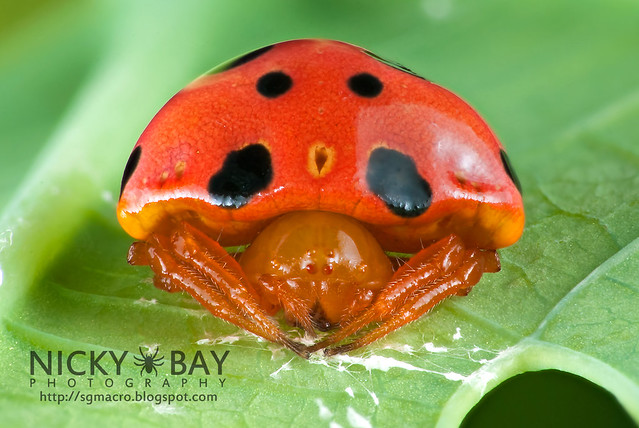




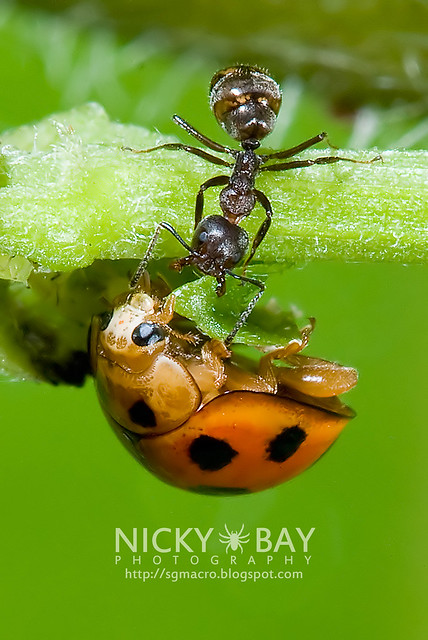
The rest of the trip had some interesting finds too, most notably the Water Scorpion!.

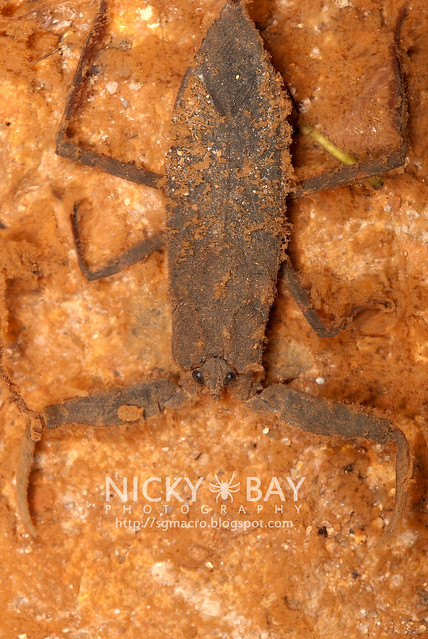
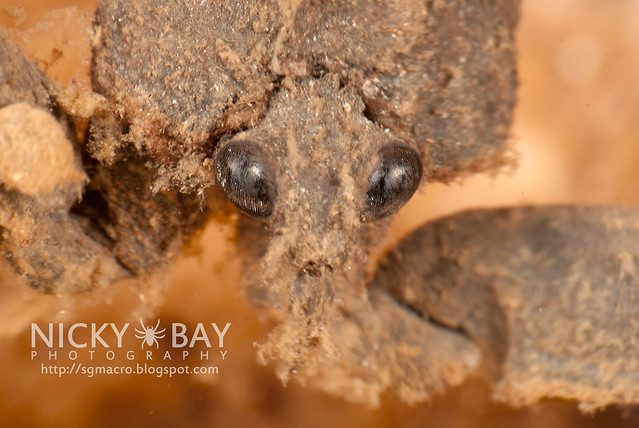
I had spent the previous 2 weeks on ogre hunts. James found yet another ogre on this trip!
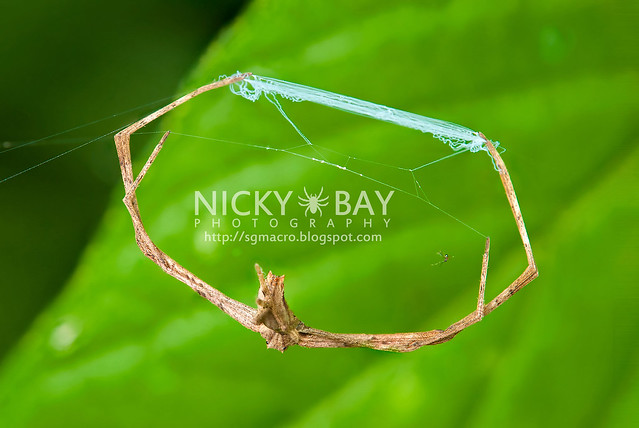

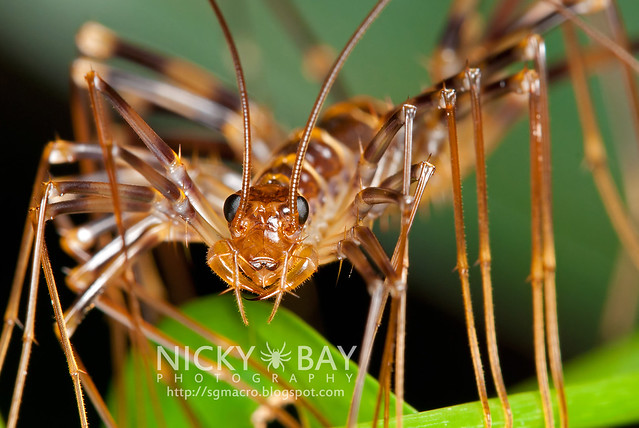
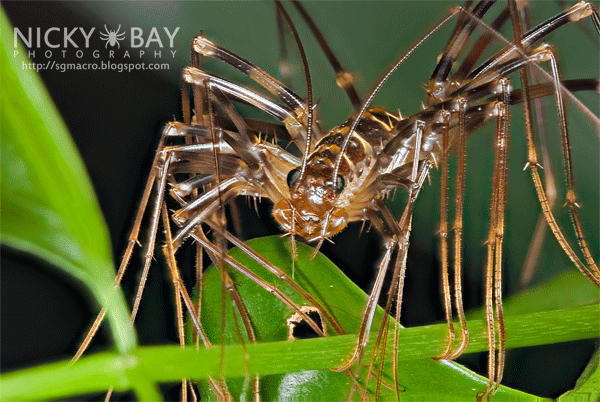
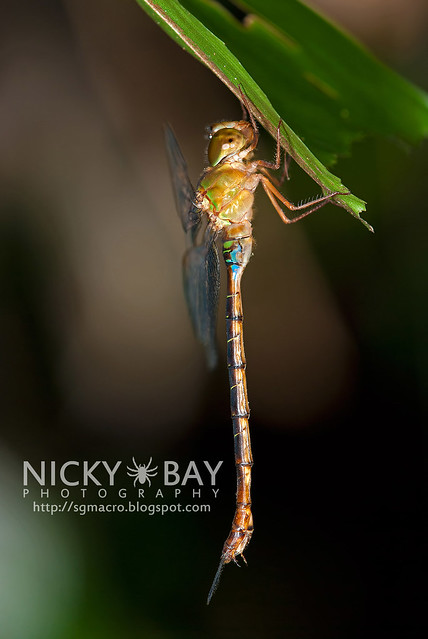
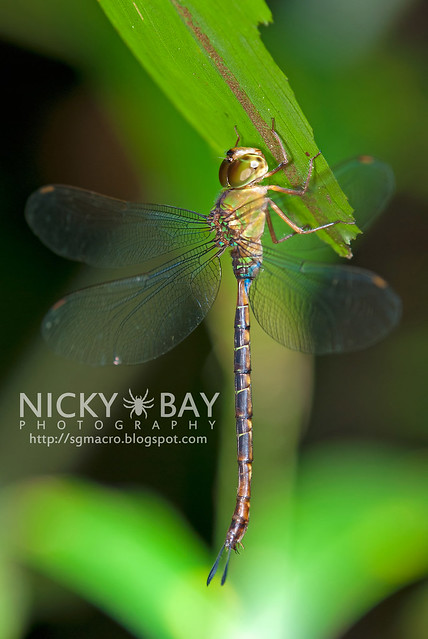

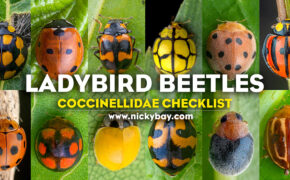
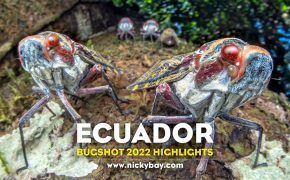
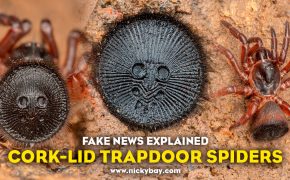












Daddy Bear
Great documentation. I learn something on your blog with each post! Thanks for sharing, Nicky! So when we go hunt Shrek, huh?
Anthony Quek
Very informative and nice photos to go along, Nicky!
Regarding the Dragonfly ID, it looks like a female Gynacantha basiguttata to me, a rare species in Singapore. Congrats!